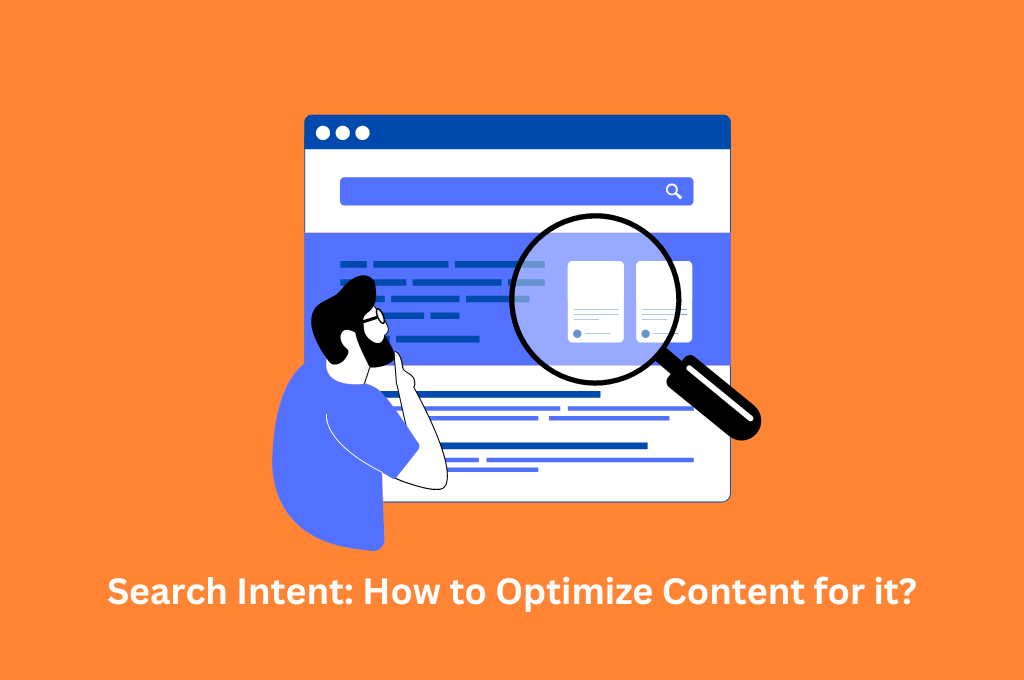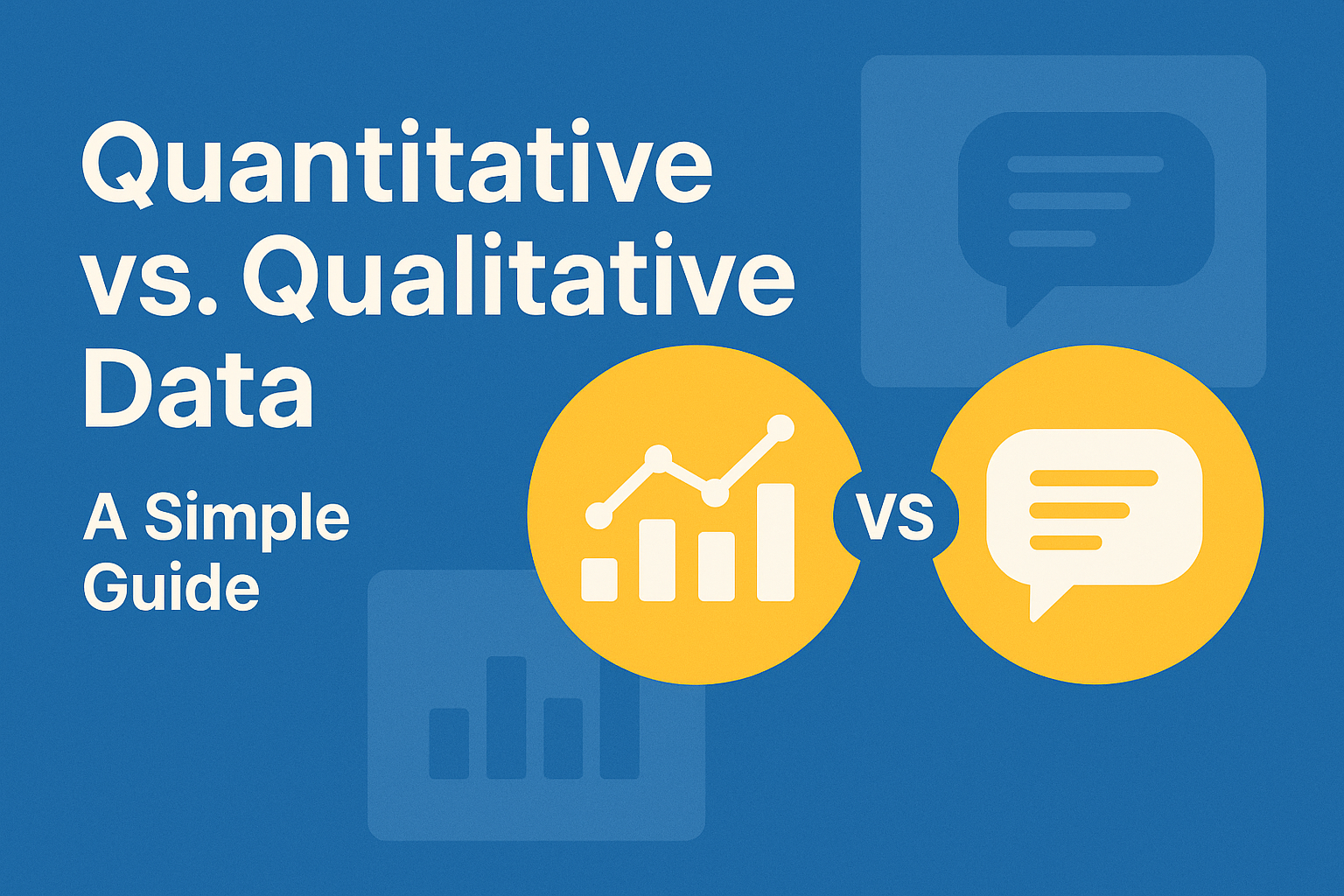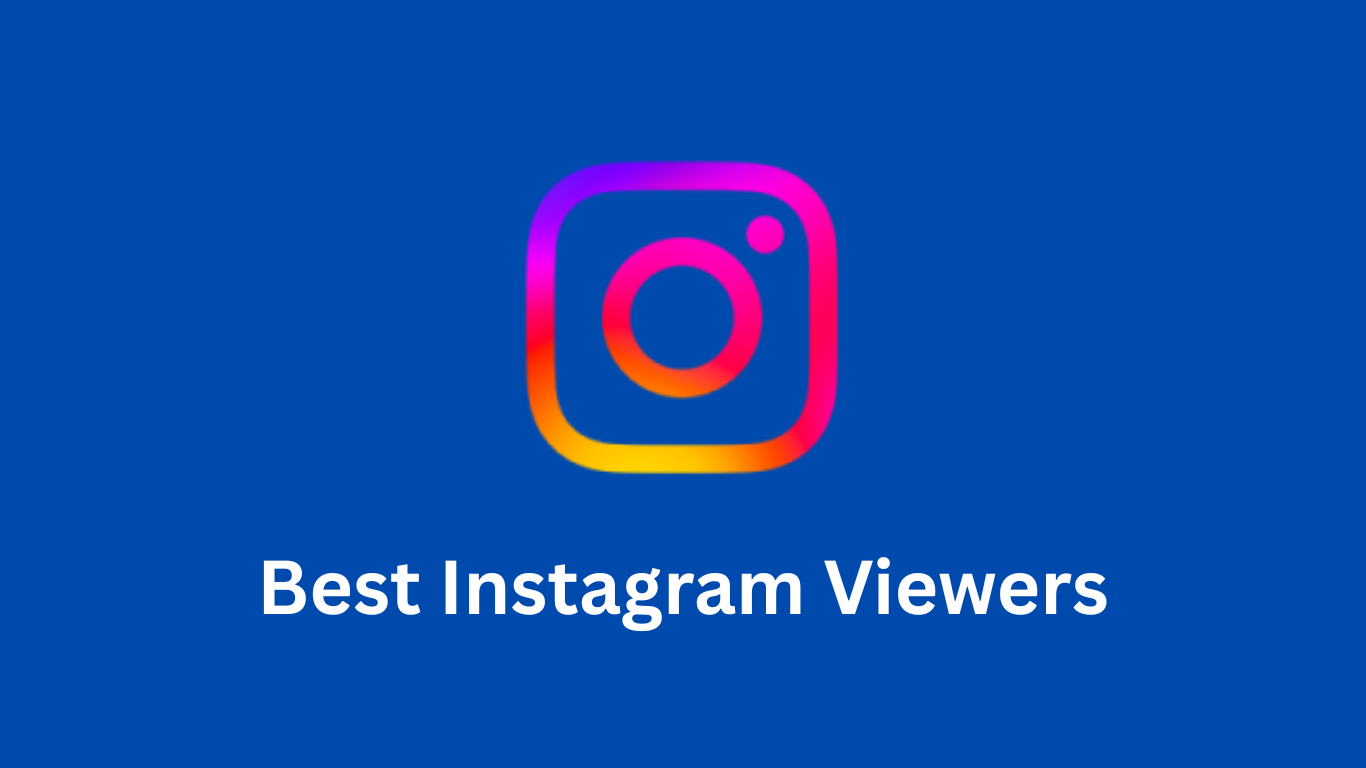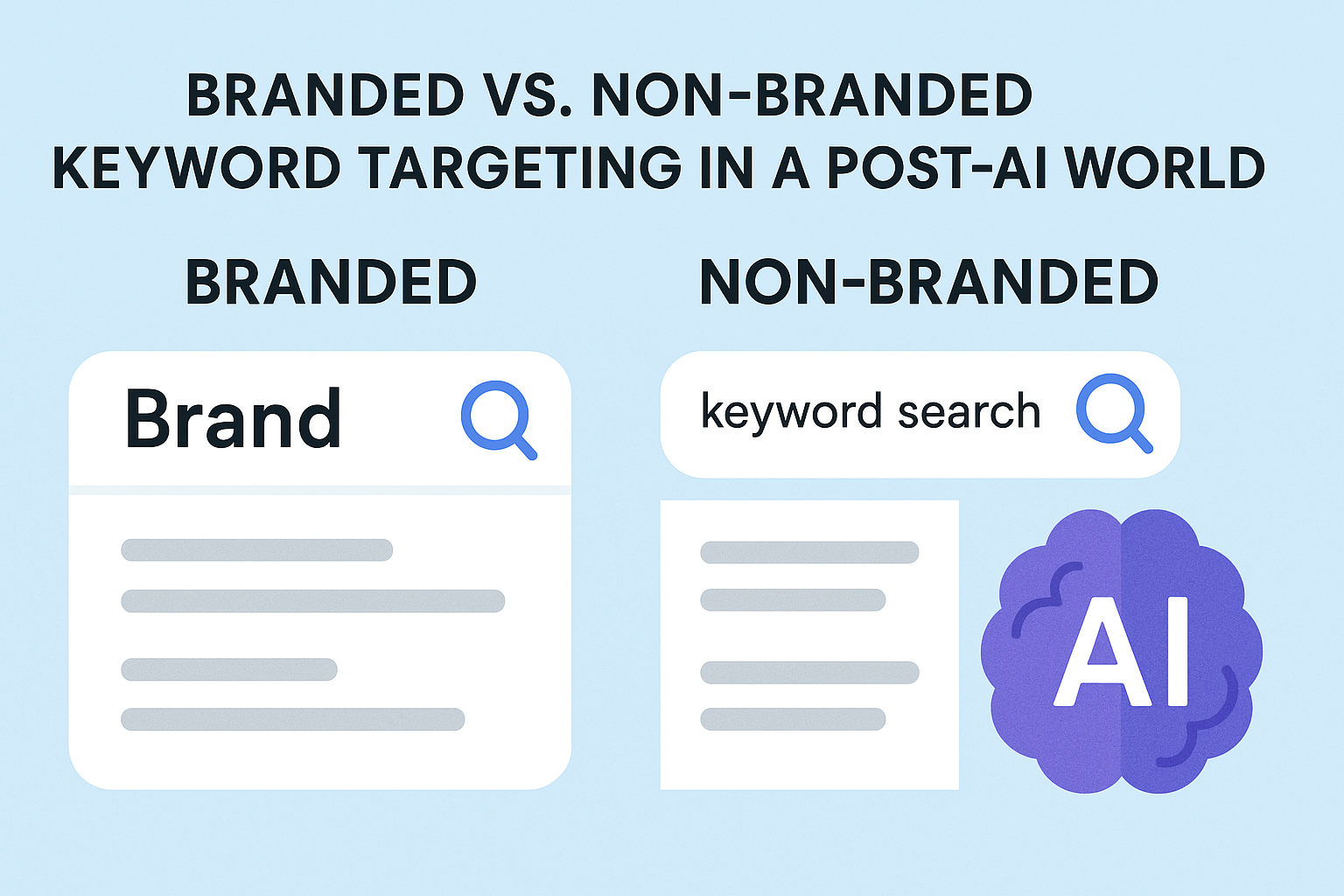Google’s goal is to provide users with the most relevant and helpful results for their searches. Understanding search intent—the purpose behind a user’s query—is critical to creating content that satisfies what users are looking for. Without aligning your content to match search intent, it’s challenging to rank on Google, even with excellent keyword targeting and on-page optimization.
Today, search intent has become one of the most important ranking factors. To rank well and capture organic traffic, your content must serve the user’s intent, no matter how well-optimized it is for other ranking signals like word count or backlinks.
What is User Search Intent?
Search intent, or user search intent, refers to the reason behind a user’s search query. Are they looking for information? Do they want to buy a product? Or are they trying to navigate to a particular website? Search engines like Google interpret these intents and display content that best meets the searcher’s needs.
Google’s algorithm factors in various elements like the user’s location, device, and personalized search behavior to provide the most accurate results. The better you understand search intent, the easier it becomes to create content that resonates with your audience.
Types of User Search Intent
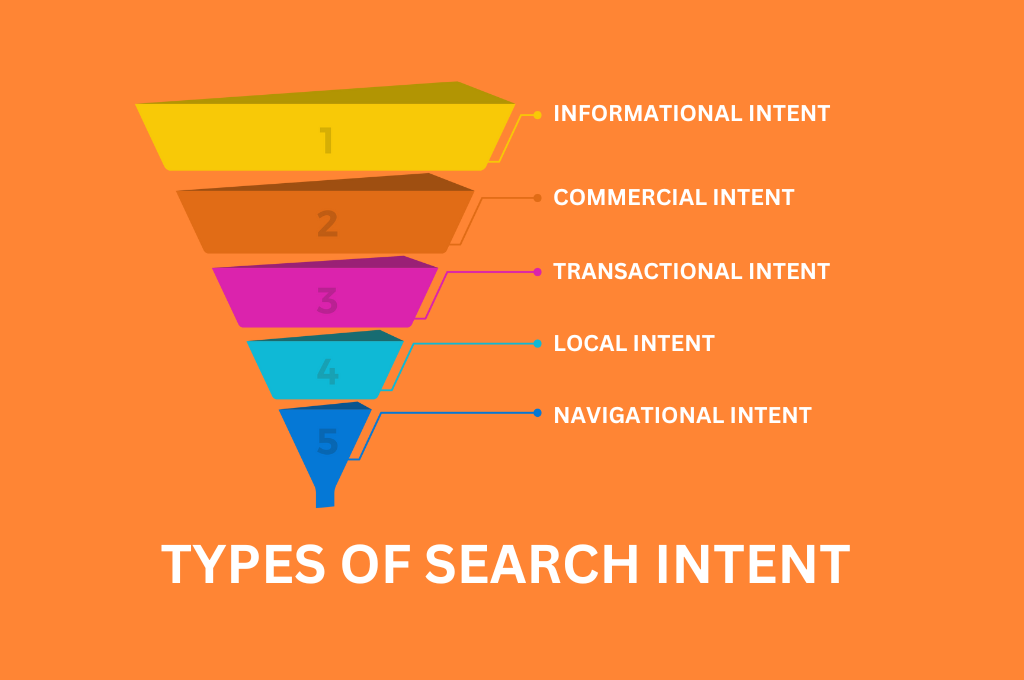
1. Informational Intent
Informational intent occurs when users are looking for knowledge or specific information. Informational queries dominate many search engine results pages (SERPs), especially in industries like finance, healthcare, and education, where detailed information is required.
Examples of Informational Intent:
- “How to save money”
- “What is SEO?”
- “When was Yahoo launched?”
- “CSS3 tutorial” In this case, users want answers to questions or step-by-step guides that explain a process.
2. Navigational Intent
Navigational intent refers to queries where users are searching for a specific website or resource. These users typically already know the brand or website they want to visit but prefer to search for it rather than typing the URL.
Examples of Navigational Intent:
- “Microsoft login”
- “Apple support”
- “YouTube”
- “WWE streaming” Search engines understand that users want to find a specific site, so they prioritize direct links to those pages.
3. Transactional Intent
Transactional intent involves users who are ready to make a purchase. These users know what they want and are looking for the best price, deals, or options to complete their transaction.
Examples of Transactional Intent:
- “Buy iPhone 14 Pro”
- “HostGator coupon code”
- “Dell XPS 15 deals”
- “Grammarly premium trial” These users are deep in the buying process and need pages that facilitate a quick, easy purchase.
4. Commercial Investigation Intent
Commercial investigation intent occurs when users are in the research phase of a purchase. They haven’t made a decision yet and are gathering more information about products, services, or brands to compare options.
Examples of Commercial Investigation Intent:
- “Best laptop for graphic design”
- “Ahrefs vs SEMrush vs Moz”
- “Best hotel in New York”
- “Top coffee makers reviews” These queries typically involve comparison articles, reviews, or product recommendations that help users make an informed buying decision.
5. Local Intent
Local intent refers to searches where users are looking for services, products, or locations nearby. These queries often include terms like “near me” or specific city names and are crucial for businesses with a physical presence.
Examples of Local Intent:
- “Best pizza near me”
- “Dentist in Los Angeles”
- “Hotels in Chicago”
- “Car repair shop in Toronto” In these cases, Google typically shows local businesses, maps, and reviews to satisfy the user’s intent.
Search Intent and the Sales Funnel
Understanding search intent is closely tied to the sales funnel, which consists of several stages: awareness, consideration, and decision. Different types of search intent map onto these stages, allowing you to create targeted content that moves potential customers through the funnel.
- Awareness Stage (Top of the Funnel): At this stage, users are just becoming aware of a problem or opportunity. Informational intent is crucial here, as users are searching for answers or solutions to their questions. You can capture traffic by providing blog posts, guides, and educational content.
- Consideration Stage (Middle of the Funnel): In the consideration phase, users are comparing different solutions. Commercial investigation and navigational intents often dominate. Comparison articles, product reviews, and case studies help users evaluate their options.
- Decision Stage (Bottom of the Funnel): Transactional intent is key at this point, as users are ready to make a purchase. Your content should focus on product or service pages, pricing details, and clear calls to action to close the sale.
Keyword Research to Satisfy Search Intent
To optimize content for search intent, you need to start with effective keyword research. Not all keywords are created equal—some cater to informational intent, while others are more transactional. Mapping keywords to the appropriate intent helps you create content that directly meets the user’s needs.
Steps for Keyword Research Based on Search Intent:
- Identify User Intent:
Use tools like Google Search Console, Ahrefs, or SEMrush to analyze the intent behind specific keywords. Look at the SERP (search engine results page) for each keyword to understand the type of content Google is ranking. If the SERP is dominated by how-to guides, it’s likely an informational query. If product pages or comparison reviews appear, the query likely has commercial investigation or transactional intent. - Map Keywords to Search Intent:
Organize your keywords into categories based on the search intent they reflect:
- Informational: Keywords like “how to,” “what is,” and “guide” indicate informational queries. These keywords should drive blog posts, tutorials, and how-to content.
- Navigational: Brand-related keywords should lead users directly to landing pages, homepages, or resource pages.
- Transactional: Keywords with terms like “buy,” “discount,” or “price” suggest that users are ready to purchase. For these, optimize product pages or service offerings with clear calls to action.
- Commercial Investigation: Keywords like “best,” “compare,” or “reviews” often reflect users in the research stage. Create comparison articles, product roundups, and review-based content to satisfy this intent.
- Local: Use local keywords like “near me” or location-based terms to target users looking for services or businesses nearby. Ensure your business is optimized for local SEO with Google My Business listings and city-specific content.
Example: Optimizing Content for Search Intent
Let’s say you’re targeting the keyword “best coffee maker.” Upon analyzing the SERP, you notice that it’s dominated by commercial investigation content—listicles, comparison reviews, and product recommendations. To rank well for this keyword, you’ll need to create a comparison article that discusses various coffee makers, their features, pros and cons, and perhaps links to purchase options.
On the other hand, if the keyword is “how to use a French press,” the intent is clearly informational. Here, you’d need to produce a detailed blog post or tutorial that walks users through the steps of making coffee with a French press, possibly including images or videos for visual assistance.
How to Optimize Content for Search Intent
1. Think Like a User:
Before you create any content, put yourself in the shoes of your target audience. What are they looking for? What answers or solutions do they need? Understanding user intent is the first step toward creating content that serves them.
2. Match the Format to the Intent:
- Informational Intent: Create long-form blog posts, how-to guides, infographics, or videos that provide comprehensive answers.
- Navigational Intent: Optimize landing pages with clear branding, easy navigation, and relevant links.
- Transactional Intent: Focus on product pages, pricing details, and strong calls to action (like “Buy Now” or “Get a Free Quote”).
- Commercial Investigation Intent: Write comparison reviews, product roundups, and buyer’s guides.
- Local Intent: Ensure your content is optimized for local SEO by including location-based keywords, Google Maps, and customer reviews.
3. Use Visuals to Address Multiple Intents:
Incorporate images, infographics, videos, or podcasts to serve various user intents in one piece of content. This can also help boost engagement and time spent on your page.
Conclusion: Aligning Content with Search Intent for SEO Success
Optimizing content for search intent isn’t just about using the right keywords—it’s about creating content that answers the user’s questions and moves them down the sales funnel. By aligning your content with the type of search intent behind each query, whether informational, transactional, or local, you’ll improve your chances of ranking higher on Google and attracting the right audience.
The more closely you tailor your content to meet user intent, the more opportunities you’ll have to increase organic traffic and convert visitors into customers.

The Search Engine Cage team is on a mission to educate entrepreneurs. We make things easier for the small business owner, by writing articles that help them to understand SEO and Digital Marketing.

